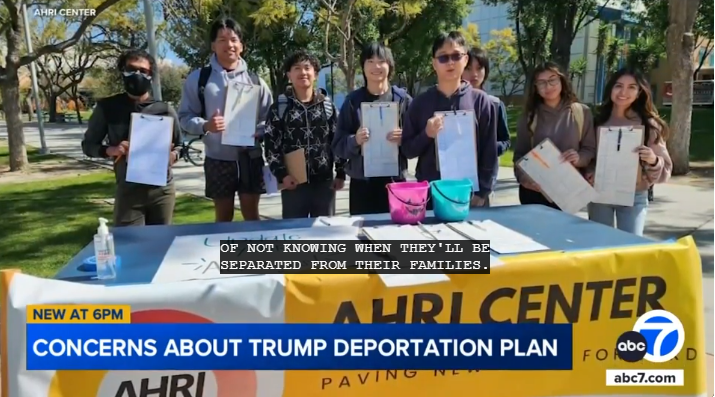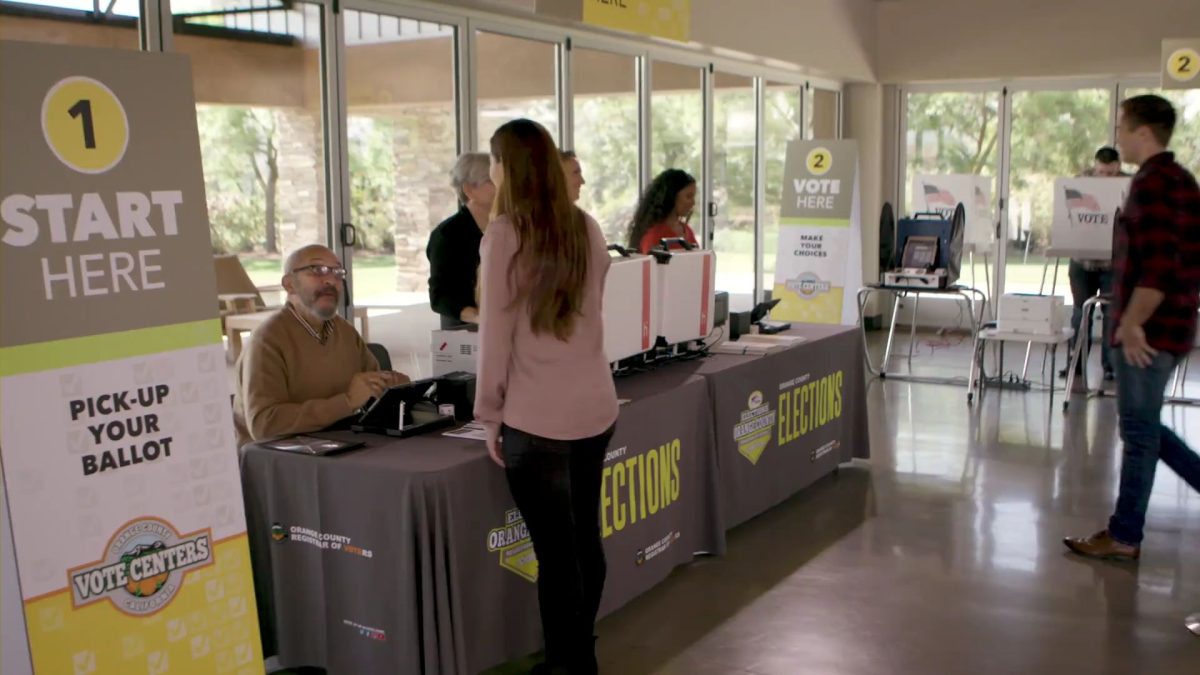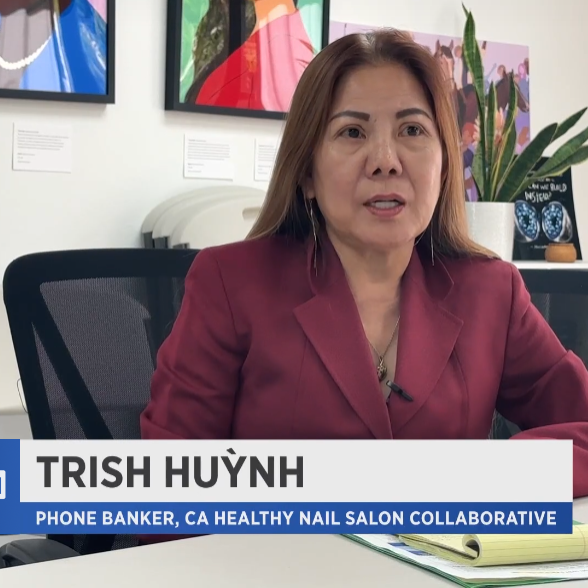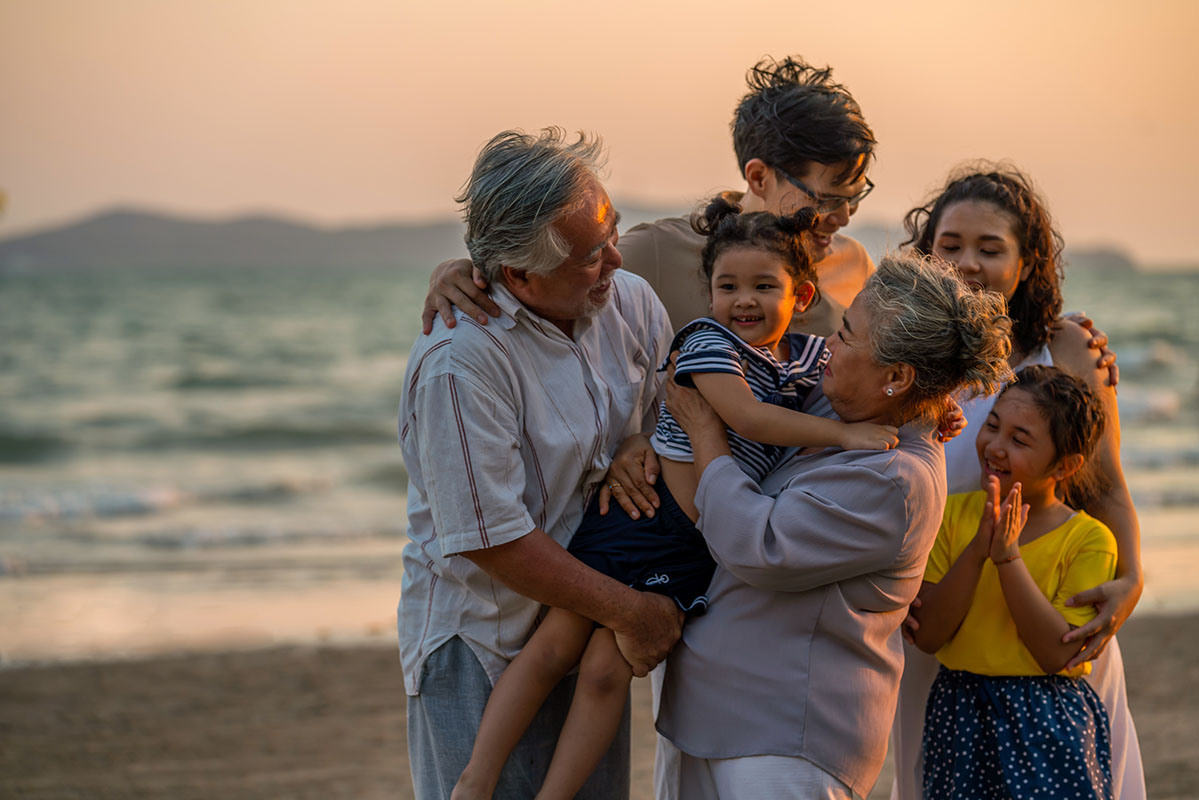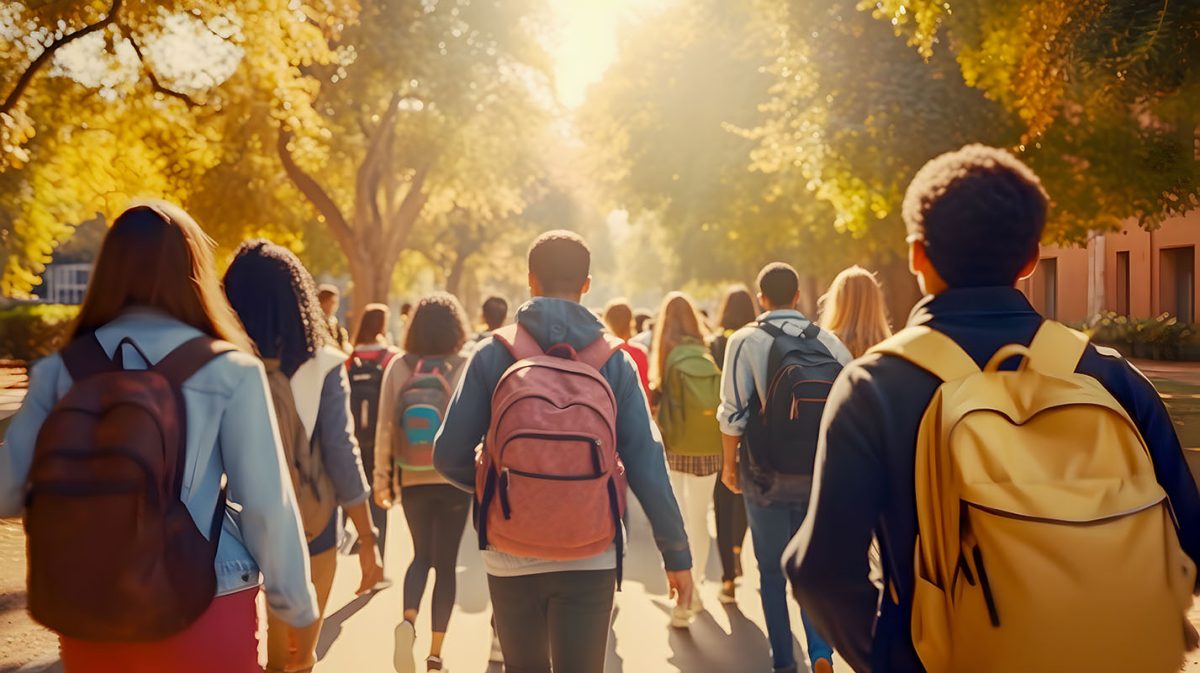SANTA ANA, Calif. — There are more than 10,000 calls left to go, but that wasn’t discouraging phone banker Trish Huỳnh. Instead, she sees it as an opportunity to get her Vietnamese community in Orange County excited about voting.
“I’ve seen the need of voter advocacy in our community,” said Huỳnh.
What You Need To Know
For years, Orange County was a safe region for the Republican Party — but recently, the county has become more of a toss-up
This year, Congressional District 45 and Congressional District 47 in OC are two of the more competitive districts in the state
Both are districts where the Asian American and Latino communities make up a big chunk of the voter-eligible populations
The county has the second largest concentration of Vietnamese people outside of Vietnam
That’s why, after beating cancer, Huỳnh decided to leave the nail salon industry where she had worked for 12 years and became an advocate for her community, volunteering as a phone banker with the California Healthy Nail Salon Collaborative, a grassroots organization advocating for the health of Vietnamese immigrant workers.
“I feel like, if you don’t vote, you are wasting an opportunity to use your voice. You are a citizen. You work so hard to become a citizen. So why aren’t you using your right to vote when you’ve worked so hard to gain it?” said Huỳnh.
Her message is one that Mindy Romero, director with the USC Center for Inclusive Democracy, says speaks to the changing political landscape in the area.
“From an engagement perspective, it’s a really exciting place that you have people now that are getting mobilized that didn’t get mobilized before, when it was seen as a safe district or safe county,” said Romero.
That’s because Orange County, the once stronghold for Republicans, has become a purple region. A turning of the tide that began in 2018 and has created two of the most competitive congressional districts in the state: 45 and 47.
The races have national eyes and a lot of funds being poured into them, as they can help decide what party takes congressional control come November. It’s another reason why the Asian American vote is being mobilized.
Both are districts in Orange County, where the Asian and Latino communities make up a big portion of the voter-eligible populations. The impact is most notable in the 45th Congressional District, where Asian Americans make up 37% of the voter eligible population, compared to 36% for the white population and 23% for Latino or Hispanic.
The county also has the second largest concentration of Vietnamese people outside of Vietnam.
Still, Romero says that despite the Asian and Latino communities already being a deciding voting bloc, the hurdle is getting them out to actually cast their ballot.
“The turnout rates for Asian Americans as well as Latinos are still much lower than they are for whites or just the general population in both districts,” said Romero.
That’s why Julie Vo, steering committee member with the California Healthy Nail Salon Collaborative, says their approach is breaking down barriers for engagement.
“When you’re answering a phone call from a phone banker during election cycle, if you hear someone on the other end who pronounces your name correctly, or if you’re a Vietnamese community member and [the person] is actually speaking in the language that is most accessible to you, all of those pieces are so critical,” said Vo.
Kiều Anh Đỗ, another former nail salon worker turned phone banker for the organization, says that beyond the language, it’s her community’s concerns that feel like a challenge.
“I just feel like a lot of my Vietnamese community are losing confidence in how voting can help them because they’re dealing with real-life issues right now of inflation, of rising costs that are impacting their daily lives,” said Đỗ.
Still, she believes voting is a way to make a change in those issues. And as a new citizen, it’s why she will be voting this November. She hopes their efforts will make an impact in this election and those to come.


